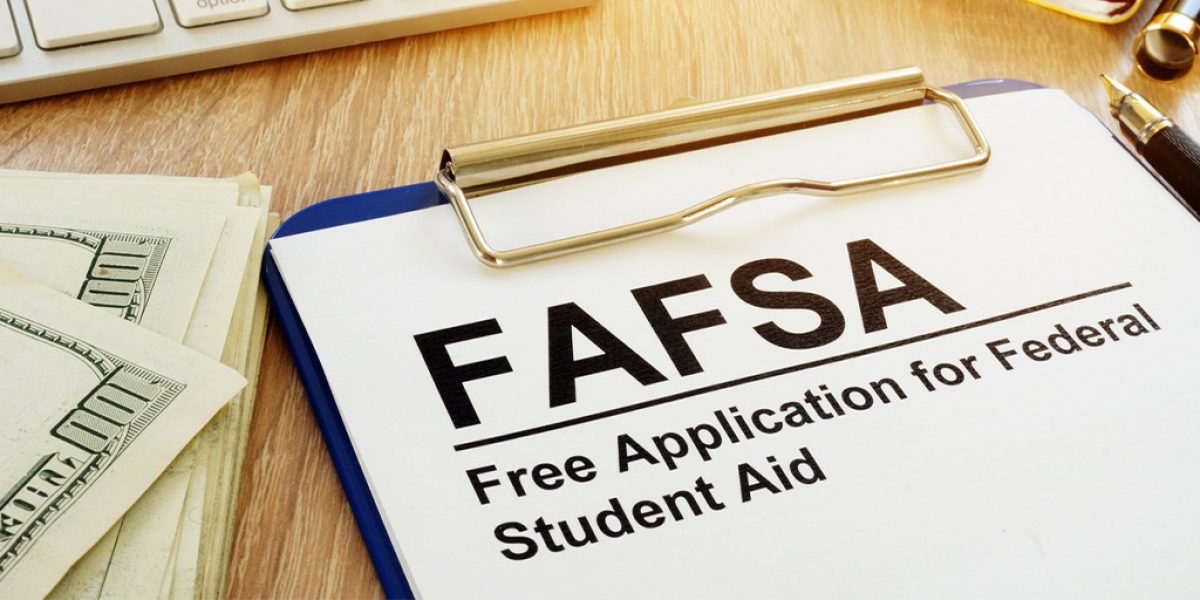Understanding and navigating the federal aid process is crucial for securing financial aid to help students pay for higher education. The Free Application for Federal Student Aid (FAFSA) is a critical component of obtaining financial assistance for higher education. By familiarizing yourself with the process, gathering the necessary documentation, and submitting your FAFSA application in a timely manner, you increase your chances of receiving the financial assistance you need. In this article, we will break down the FAFSA process and help you understand what it entails, how it works, and what to expect as you begin your journey toward securing funding for your education.
What is FAFSA?
The FAFSA is a form that students must complete to apply for federal financial aid, including grants, work-study programs, and loans. It is administered by the US Department of Education, which provides more than $120 billion in financial aid to students each year. The information provided on the FAFSA determines your eligibility for various types of aid and assists colleges and universities in determining your financial need.
Why is FAFSA important?
Filling out the FAFSA is essential because it is the gateway to accessing numerous financial aid opportunities. Many scholarships, grants, and work-study programs are awarded based on the information provided in the FAFSA, so completing it accurately and on time is crucial for maximizing the amount of aid you may be eligible to receive. Additionally, many states and colleges require the FAFSA for their own financial aid programs.
When to Apply for FAFSA?
The FAFSA application period opens on October 1 each year, and you should complete it as soon as possible to ensure you have the best chance of receiving financial aid. Keep in mind that some aid is awarded on a first-come, first-served basis, so submitting your application early is crucial. The federal deadline for submitting the FAFSA is June 30, but individual states and colleges may have their own deadlines, which can be earlier. It’s essential to check these deadlines and submit your FAFSA accordingly.
Steps to Complete the FAFSA
1. Gather necessary documents:
Before starting the FAFSA, gather relevant financial documents, including tax returns, W-2 forms, bank statements, and investment records. You’ll also need your Social Security Number (or Alien Registration Number, if applicable) and your parents’ financial information if you’re a dependent student.
2. Create an FSA ID:
An FSA ID is a username and password that you will use to sign and submit your FAFSA electronically. Both the student and a parent (if the student is a dependent) need to create separate FSA IDs. Visit the Federal Student Aid website to create your FSA ID: https://studentaid.gov/fsa-id/create-account/launch
3. Complete the FAFSA:
Fill out the FAFSA form online at https://studentaid.gov/h/apply-for-aid/fafsa or through the myStudentAid mobile app. Be sure to follow the instructions carefully and provide accurate information. Once completed, use your FSA ID to sign and submit the form electronically.
4. Review your Student Aid Report (SAR):
After submitting your FAFSA, you will receive a Student Aid Report (SAR), which summarizes the information you provided on the FAFSA. Review the SAR for any errors and make corrections if necessary. Your SAR will also include your Expected Family Contribution (EFC), which determines your eligibility for federal financial aid.
5. Await financial aid offers:
Colleges and universities will use your FAFSA information to create a financial aid package based on your eligibility and financial need. You will receive these offers from the schools you listed on your FAFSA, typically in the Spring before the academic year begins.
Lastly, remember to reapply for financial aid each year by submitting a new FAFSA. Your financial situation and eligibility for aid may change from year to year, so it’s essential to keep your information up to date. By staying proactive and engaged with the financial aid process, you can make your higher education dreams a reality and build a strong foundation for your future.


